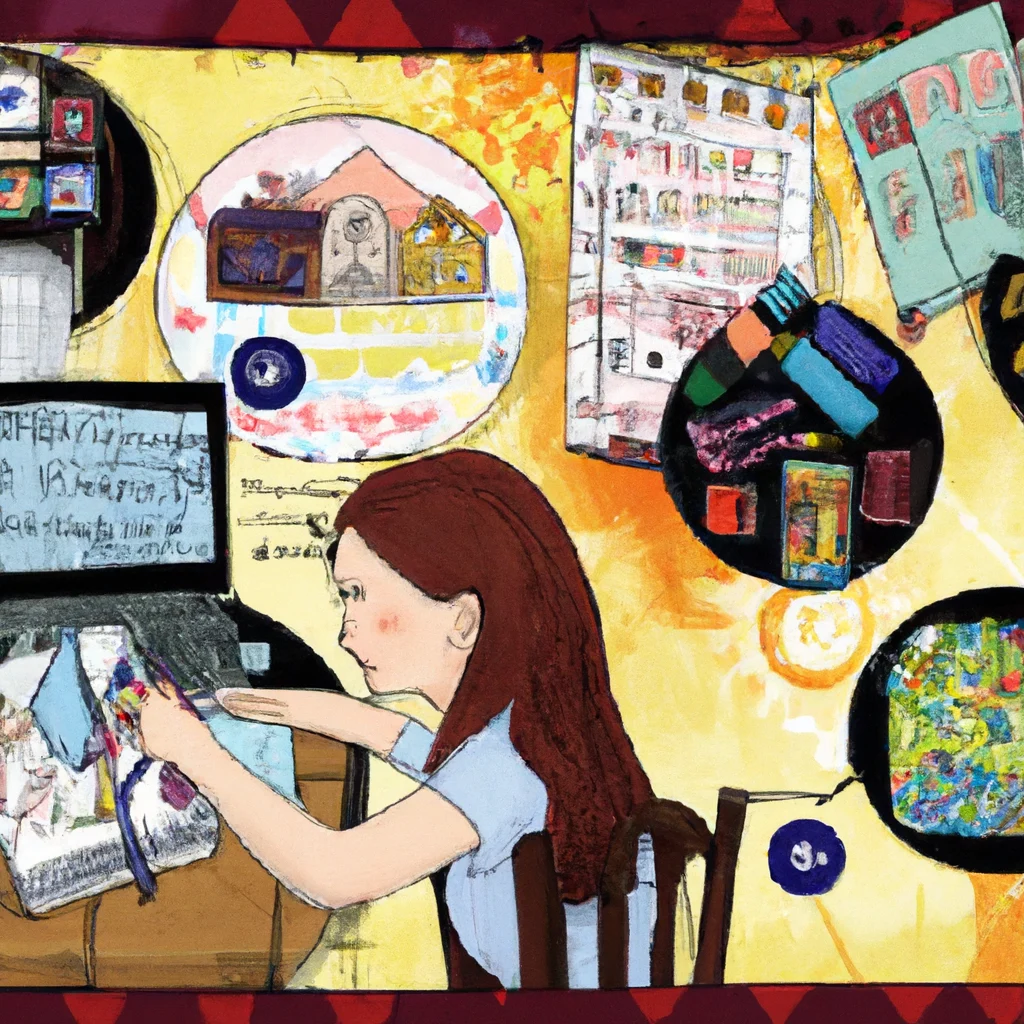In recent years, the trend of creative journaling has gained significant traction among American teens. This engaging practice not only serves as a means of self-expression but also promotes mental well-being and improves cognitive skills. In this article, we will explore a variety of creative journaling ideas that are currently trending, providing a comprehensive guide to help teens harness the power of journaling in their daily lives.
The Importance of Creative Journaling for Teenagers
Creative journaling offers numerous benefits for teenagers, including improved emotional intelligence, enhanced writing skills, and a better understanding of self-identity. By engaging in this practice, teens can articulate their feelings and thoughts, which is essential during the formative years of adolescence.
Types of Creative Journaling
There are several forms of creative journaling that resonate with teens. Each type serves a unique purpose and caters to different interests. Below, we outline various journaling styles that are currently popular.
Art Journaling
Art journaling combines visual art with writing. It allows teens to express their creativity through various mediums, such as painting, drawing, and collage. This form of journaling encourages self-exploration and can serve as a therapeutic outlet.
Bullet Journaling
Bullet journaling is a customizable organizational system that incorporates elements of planning, tracking, and reflection. Teens can use bullet journals to set goals, track habits, and reflect on their daily experiences. This structured approach helps cultivate discipline and organization.
Gratitude Journaling
Gratitude journaling involves writing down things for which one is thankful. This practice has been shown to enhance mental health by promoting a positive outlook. Teens can benefit greatly from regularly acknowledging and documenting their blessings.
Dream Journaling
Dream journaling focuses on recording dreams and exploring their meanings. This practice allows teens to tap into their subconscious and reflect on their thoughts and feelings. Analyzing dreams can foster self-awareness and understanding.
Prompt-Based Journaling
Using prompts can stimulate creativity and encourage reflection. Prompts can be questions or statements that inspire deeper thought. This type of journaling can help teens articulate their feelings and explore new ideas.
Creative Journaling Techniques
There are various techniques that can enhance the journaling experience. Incorporating different methods can make journaling more enjoyable and fulfilling.
Mind Mapping
Mind mapping is a visual representation of ideas and thoughts. This technique can help teens organize their thoughts and see connections between different concepts. Creating a mind map can serve as a brainstorming session, leading to creative insights.
Collage Creation
Collaging involves assembling different materials, such as magazine cutouts, photographs, and drawings. This technique allows for creative expression without the need for artistic skills. It encourages teens to think outside the box and piece together their narratives visually.
Letter Writing
Writing letters to oneself or to others can be a powerful journaling technique. It allows for reflection on relationships and personal growth. Letter writing can also serve as a form of closure or self-encouragement.
Visual Journaling
Visual journaling focuses on images, illustrations, and graphics instead of written words. This technique is particularly appealing to those who may struggle with writing. It allows for emotional expression through visuals, making it a valuable tool for many teens.
Incorporating Technology in Journaling
In our digital age, technology can significantly enhance the journaling experience. Several apps and online platforms cater to the needs of creative journaling, making it more accessible and engaging for tech-savvy teens.
Digital Journaling Apps
Many apps allow users to create digital journals complete with text, images, and multimedia elements. Apps like Day One and Journey provide a user-friendly interface that encourages regular journaling. These platforms often include features like reminders and prompts to keep users engaged.
Online Communities
Joining online journaling communities can provide support and inspiration. Websites and social media groups dedicated to journaling offer a space for sharing ideas, techniques, and personal experiences. This sense of community can motivate teens to maintain their journaling habits.
Challenges and Solutions in Creative Journaling
While creative journaling can be beneficial, teens may face challenges that hinder their journaling practice. Identifying these challenges and implementing solutions can help maintain a consistent journaling routine.
Writer’s Block
Many teens experience writer’s block, which can be discouraging. To combat this, utilizing prompts or free-writing techniques can help jumpstart creativity. Setting a timer for a few minutes to write without censoring thoughts can also be effective.
Lack of Time
With busy schedules, teens may struggle to find time for journaling. Establishing a specific time each day or week for journaling can help. Even short, focused sessions can be beneficial. Prioritizing journaling as part of a self-care routine can lead to lasting habits.
Fear of Judgment
Teens may feel apprehensive about how their journaling will be perceived, especially if they share their work. Emphasizing that journals are personal spaces can alleviate this fear. Encouraging private journaling or using coded language can also enhance comfort levels.
Benefits of Creative Journaling for Mental Health
Engaging in creative journaling can significantly contribute to mental health. The practice encourages mindfulness, emotional regulation, and self-reflection, which are essential components of mental well-being.
Stress Reduction
Writing about feelings and experiences can help alleviate stress. The act of journaling provides a safe space to vent frustrations and process emotions, leading to a sense of relief and clarity.
Improved Self-Understanding
Through regular journaling, teens can gain insights into their behaviors, thoughts, and emotions. This increased self-awareness can lead to better decision-making and enhanced relationships with peers and family.
Enhanced Emotional Intelligence
Creative journaling promotes emotional intelligence by encouraging individuals to articulate their feelings and understand the emotions of others. This skill is vital for effective communication and empathy, both of which are critical during adolescence.
Conclusion
Creative journaling is a powerful tool for American teens, providing them with an outlet for self-expression, personal growth, and emotional well-being. By exploring various journaling styles and techniques, teens can find the approach that resonates with them, enriching their lives in the process. For those looking to start their journaling journey, we highly recommend exploring resources such as Nivax Lifestyle, which offers valuable insights and support for creative endeavors.


